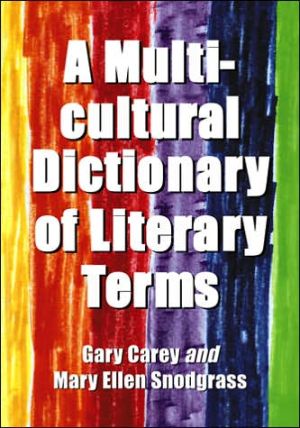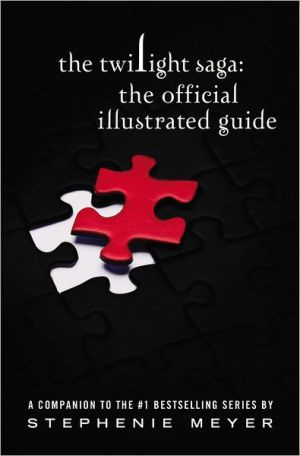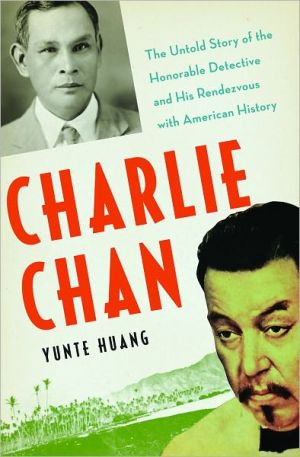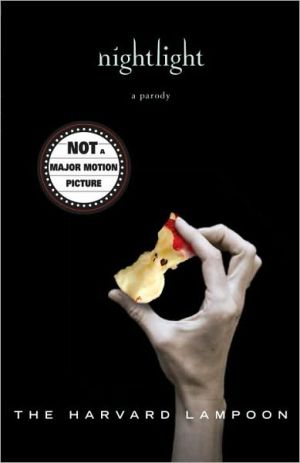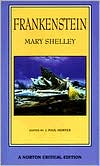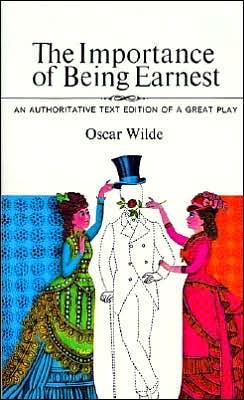Multicultural Dictionary of Literary Terms
Readers today have the opportunity to enjoy literature from all around the globe - and to increase that enjoyment with A Multicultural Dictionary Of Literary Terms. This comprehensive dictionary offers clear definitions, with examples, for terms like Katauta, Makta, Tz'u, and many others that derive from non-Western traditions. Meanwhile, it provides a new perspective on more familiar terms by illustrating them with examples from a broad cultural spectrum.
Search in google:
Readers today have the opportunity to enjoy literature from all around the globe - and to increase that enjoyment with A Multicultural Dictionary Of Literary Terms. This comprehensive dictionary offers clear definitions, with examples, for terms like Katauta, Makta, Tz'u, and many others that derive from non-Western traditions. Meanwhile, it provides a new perspective on more familiar terms by illustrating them with examples from a broad cultural spectrum.VOYALiterary terms are defined in this volume using examples from a variety of multicultural literature. Carey and Snodgrass are interested in an "expanded awareness of literary possibilities" and make a special effort to reach for examples in literature that reflect works and writers from many cultures and genres. At times offering numerous citations within definitions, the authors include children's and young adult authors, a plethora of female authors, contemporary literature, world drama, and some traditional examples. Within the definition of "character name," the authors list, among others, Mr. Gray in Robert Cormier's I am the Cheese. The term "exegesis" includes examples from John Bunyan's The Pilgrim's Progress and Toni Morrison's Beloved. Some pronunciation guides are listed as well as devices, modes, foreign terms, characters, and literary periods. Two appendices list literary prize winners and a "Time Line of World Literature." Accolades go to Carey and Snodgrass for this unique and expansive approach. As they note in their preface, providing such wide-ranging examples will pique readers' interests, perhaps leading them to further exploration. Teachers can use this dictionary to define and exemplify literary terms-often a tedious and confusing task. Concrete examples from an array of authors, cultures, and forms fit well with a whole language approach to learning and teaching. Including an index to this dictionary is a curious choice, however; most of the terms listed in the index are arranged alphabetically within the dictionary itself, with cross-references noted. A more helpful index would list the works referenced within each definition. That aside, this is an ideal tool for teachers and librarians interested in making a literature/book connection with students, and spreading the word about the wealth of multicultural materials available. Index. Illus. Biblio. Chronology. Appendix.
\ VOYA\ - Bette Ammon\ Literary terms are defined in this volume using examples from a variety of multicultural literature. Carey and Snodgrass are interested in an "expanded awareness of literary possibilities" and make a special effort to reach for examples in literature that reflect works and writers from many cultures and genres. At times offering numerous citations within definitions, the authors include children's and young adult authors, a plethora of female authors, contemporary literature, world drama, and some traditional examples. Within the definition of "character name," the authors list, among others, Mr. Gray in Robert Cormier's I am the Cheese. The term "exegesis" includes examples from John Bunyan's The Pilgrim's Progress and Toni Morrison's Beloved. Some pronunciation guides are listed as well as devices, modes, foreign terms, characters, and literary periods. Two appendices list literary prize winners and a "Time Line of World Literature." Accolades go to Carey and Snodgrass for this unique and expansive approach. As they note in their preface, providing such wide-ranging examples will pique readers' interests, perhaps leading them to further exploration. Teachers can use this dictionary to define and exemplify literary terms-often a tedious and confusing task. Concrete examples from an array of authors, cultures, and forms fit well with a whole language approach to learning and teaching. Including an index to this dictionary is a curious choice, however; most of the terms listed in the index are arranged alphabetically within the dictionary itself, with cross-references noted. A more helpful index would list the works referenced within each definition. That aside, this is an ideal tool for teachers and librarians interested in making a literature/book connection with students, and spreading the word about the wealth of multicultural materials available. Index. Illus. Biblio. Chronology. Appendix.\ \ \ \ \ BooknewsThe advent of multiculturalism in the 1980s expanded the standard repertory of literary classics, but also created an information chasm over the plethora of modes of expression. With entries defining and giving examples of katauta, makta, and tz'u from non-Western traditions; a wider cultural perspective on more familiar terms; 20th century literary prize winners; and a time line of world literature commencing in 1350 BC, this reference by author Snodgrass and Cliff Notes editor Carey facilitates global literary adventures. Annotation c. by Book News, Inc., Portland, OR\ \
